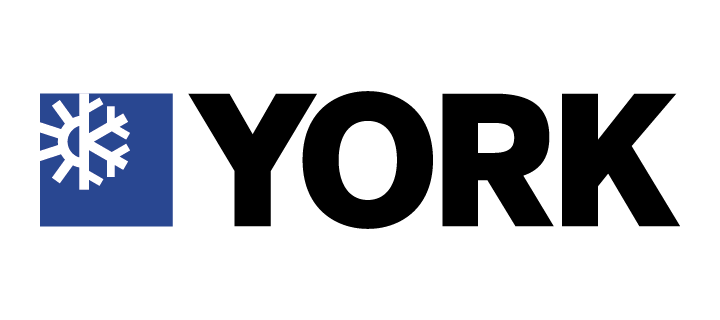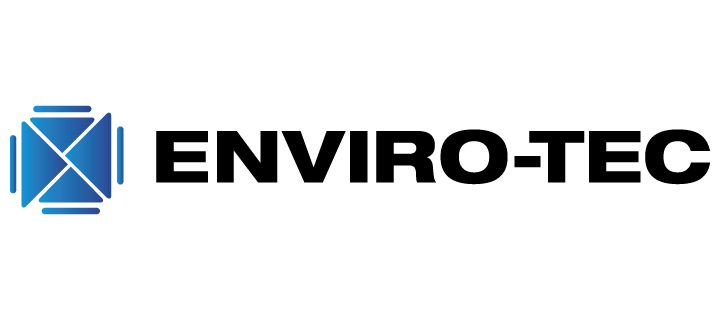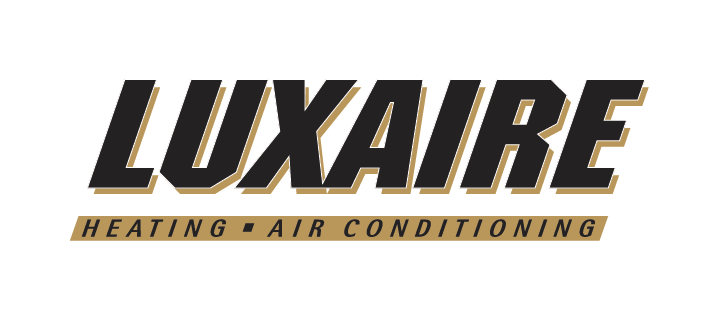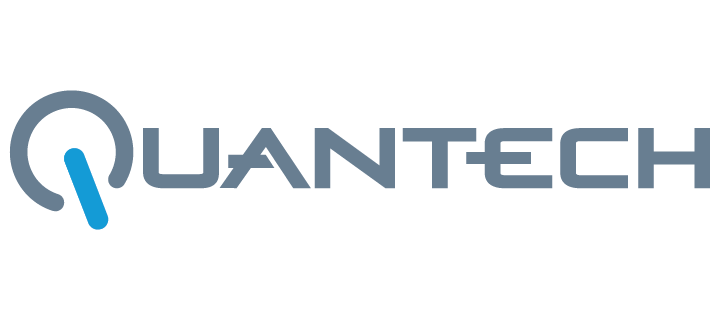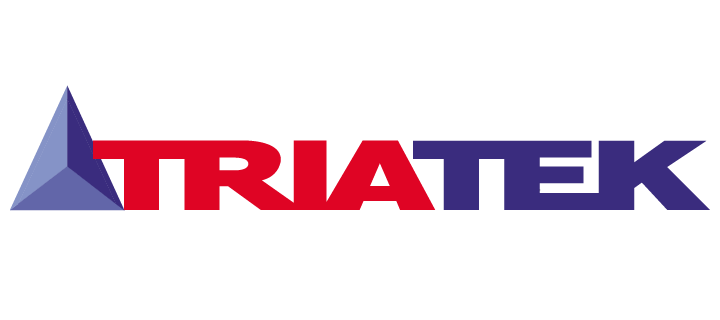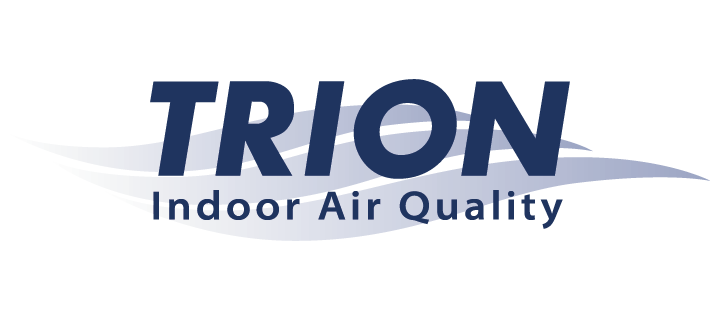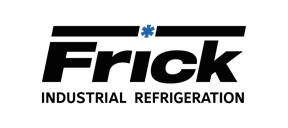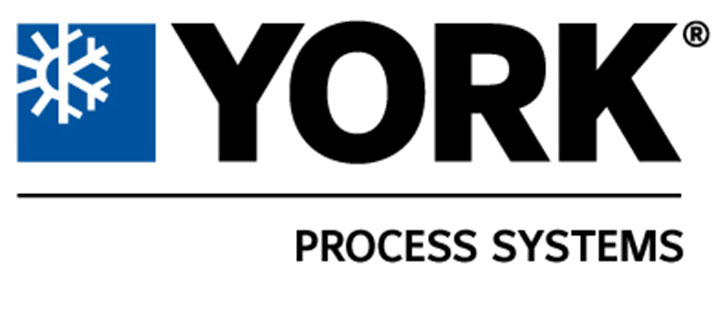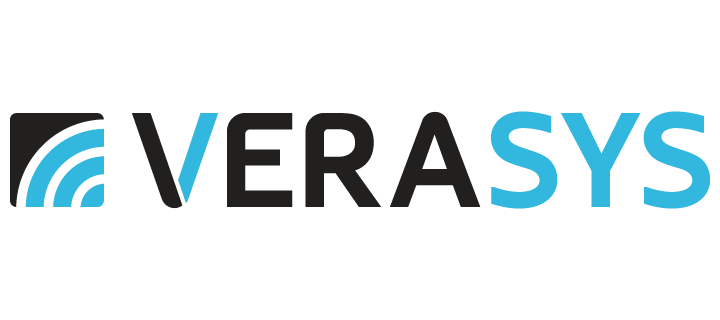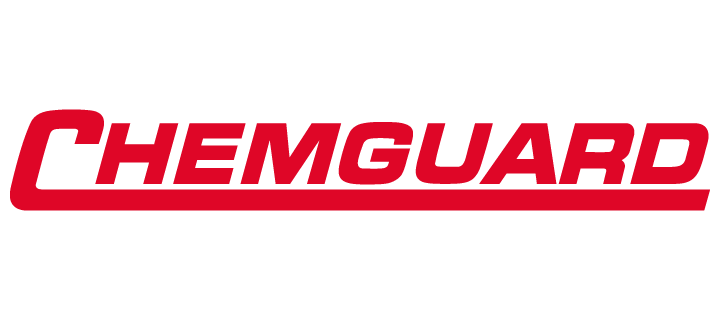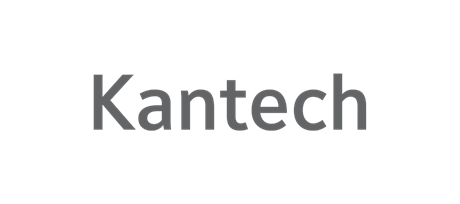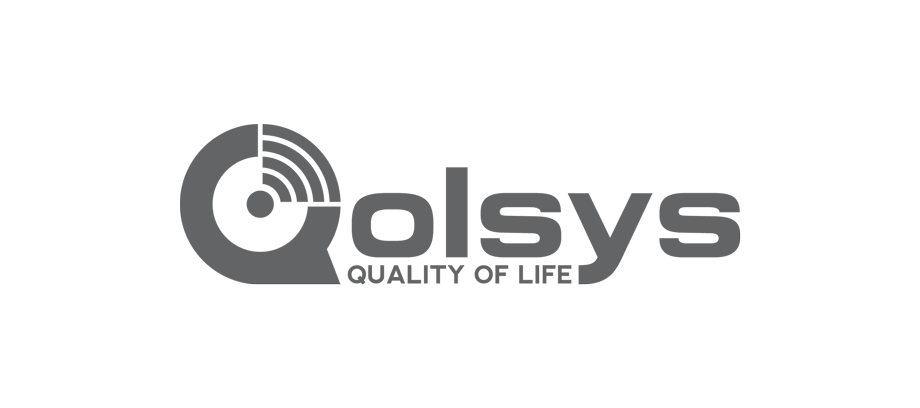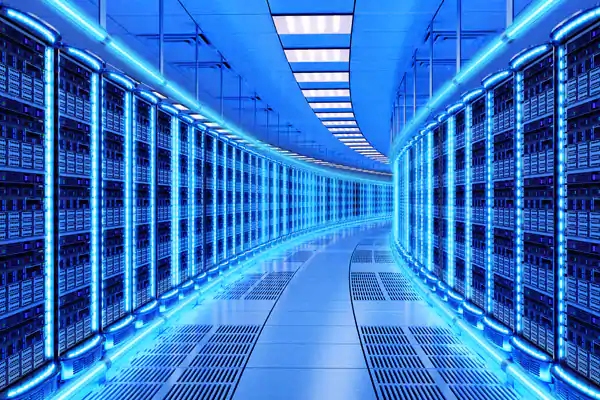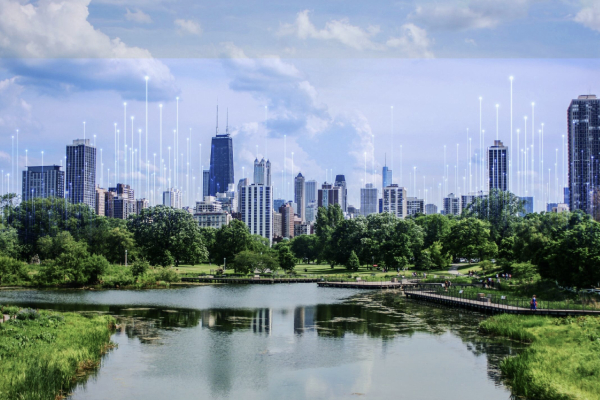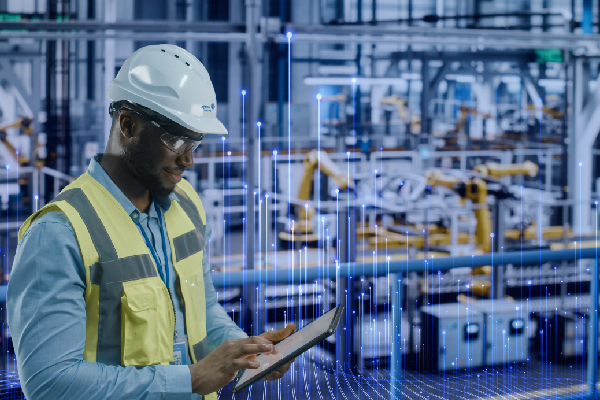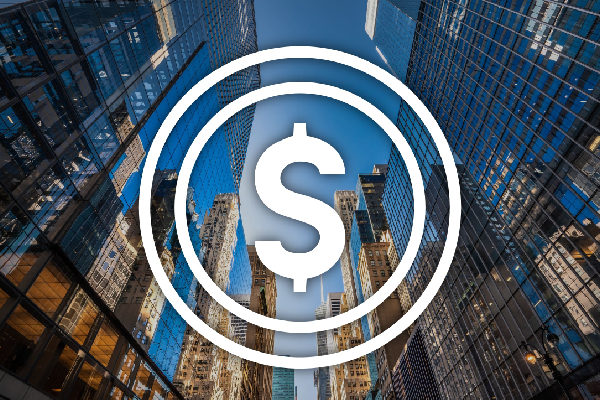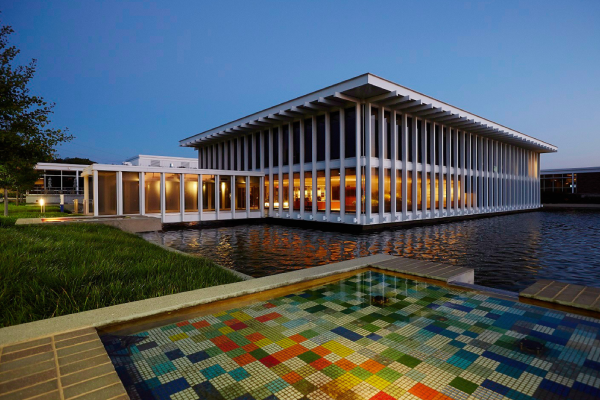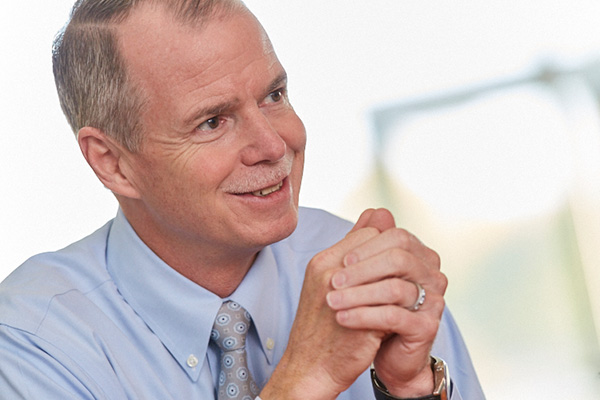- Johnson Controls
- Insights
- 2023 Sustainability Report
2023 Sustainability Report – Letter from George Oliver, Chairman and CEO, and Katie McGinty, Vice President and Chief Sustainability and External Relations Officer
Johnson Controls released its 2023 Sustainability Report, marking milestones on the path to achieving net zero in buildings around the world.
Download the 2023 Sustainability Report
To our customers and partners, to our employees, to people everywhere, living and working in buildings
2022 marked a turning point for the nearly 40 percent of global emissions caused by buildings. In our meetings with leaders around the world, there is a consensus that there will be no net zero without decarbonizing buildings. And they have realized the good news, that existing technology can transform buildings into one of the quickest, biggest wins in the race to net zero.
We have entered a seven-year countdown - the March 2023 Report from the United Nations Intergovernmental Panel on Climate Change (UN IPCC) says emissions will need to be cut by almost half by 2030 if warming is to be limited to 1.5oC. But the most important message from IPCC scientists is one of action and hope: “Urgent climate action can secure a livable future for all.” We can cut emissions in half by 2030 if we deploy existing technology and mobilize financing to make that technology available to everyone.
The proof is in the 2022 International Energy Agency (IEA) emissions report. In Europe, emissions dropped 2.5 percent, 70 million metric tons, even while the economy grew. Heat pumps played a major role, with a 38 percent increase in heat pump sales, or about three million new heat pumps put to work. Added to that, for the first time in history, combined solar and wind generation surpassed both gas and nuclear in European electricity networks. Globally, the IEA says emissions were kept to below a one percent rise, much lower than predicted, thanks in significant measure to unprecedented growth in energy-efficient equipment, heat pumps, renewable energy and electric vehicles. The fact that three out of four of those are low-carbon building technologies is no surprise to us. It affirms our business priorities and the sustainability commitments we’ve made in our operations and our products.
As the seven-year countdown begins, the smart building trifecta – energy-efficient equipment, clean electrification and digitalization – is one of the world’s quickest, biggest net zero wins.
We use the smart building trifecta to decarbonize buildings for our customers. First and foremost, we have to bring down energy demand. Less energy, less emissions. After 138 years in business, we offer some of the most sustainable and efficient heating and cooling systems in the world, with significant breakthroughs in 2022. Retrofitting with efficient modern systems can save at least 30 percent to 40 percent in energy, emissions and costs.
The next step to net zero is clean electrification, and in 2022 the heat pump was a rising star in the in the global wave of building electrification. Able to take a single unit of electrical energy and deliver three to seven times that amount of energy for heating or cooling, heat pumps offer unparalleled efficiency. Since they also extract and amplify thermal energy from sources like sea water, earth, air and thermal waste, they represent a new level of sustainability. Using clean electricity from on-site renewable energy or the grid, heat pumps could become a near zero-emission replacement for gas heating in buildings.
Climate change is the defining theme of this century. With seven years to cut emissions by almost half, and with nearly 40 percent of emissions coming from buildings, we have the technology, financing and people to turn buildings from one of the greatest challenges into one of the biggest and quickest solutions – let the era of net zero buildings begin!
That brings us close, but not all the way, to net zero. The real revolution in buildings is systemic digitalization, using the power of data to make net zero a reality, not just a promise. With Johnson Controls OpenBlue, an ecosystem of connected solutions, we can break down siloes and connect building systems. With dynamic AI, OpenBlue can enable buildings to be fine-tuned as a whole to address business goals, including energy, emissions, cost, water and waste reduction. To see the proof for both individual buildings and portfolios, read about our OpenBlue Pioneers around the world. Whether in a thriving metropolis or in the middle of a desert, they are using OpenBlue to redefine healthy, sustainable building outcomes for their industries and regions.
Since its launch in 2020, OpenBlue has earned widespread recognition, most recently at the 2023 IoT Breakthrough Awards, for transforming buildings into “intelligent business partners to reduce energy costs, improve the occupant experience and advance net zero goals."
Innovation and knowledge sharing will further advance the net zero frontier.
Even as we work towards net zero, we know we actually can achieve more for people and the planet. We can move beyond net zero to enable a new class of net energy positive buildings. As electrification increases demands on grids, these buildings can generate more energy than they use through the incorporation of on-site renewable energy, and sell that energy back to the grid, boosting grid resilience and accelerating community-wide decarbonization. We are transforming buildings from balance-sheet liabilities into net zero assets for businesses and communities.
We can talk about the possibilities in building technology, but seeing is believing. We have launched an international network of OpenBlue Innovation Centers that serve as regional knowledge hubs, allowing public and private leaders to see for themselves how to use the smart building trifecta to accelerate climate action.
We are also innovating in financing, overcoming capital constraints that can make businesses hesitant to start their net zero journeys. OpenBlue Net Zero as a Service redefines risk by guaranteeing energy savings and paying project costs out of the savings. Since January 2000, our innovative financial models have helped our partners avoid more than 37 million metric tons of emissions, and are set to save them more than $7.8 billion in energy and operational costs over the project terms.
Since this is just the beginning of an era that will be defined by deep decarbonization and sustainability, we keep innovating. In fiscal year 2022, we invested 90 percent of our new product research and development into sustainability-related innovation. We are also addressing hard-to-abate steel production and embodied carbon through low-carbon steel purchases, closed-loop steel recycling and material recycling, all of which serve to make our product footprints smaller.
Our own net zero journey is ahead of schedule, and we continue to push forward to lead by example.
We are ahead of schedule on our scope 1, 2 and 3 emissions targets approved by the Science-Based Targets initiative (SBTi). We have committed to a scope 1 and 2 reduction of 55 percent by 2030; we have already reached 42 percent and have saved over 455,934 metric tons of absolute emissions across our operations. Our 2030 scope 3 target is to reduce customers’ emissions by 16 percent, and we have reduced emissions by 14 percent from the use of our products, over 18 million metric tons of CO2e. We have pledged to drive our scope 1 and 2 emissions to net zero by 2040, 10 years ahead of goals set out in the Paris Agreement and to get to 100 percent renewable energy by then as well. We were the first company on the S&P 500 to adopt an Integrated Sustainable Finance Framework, and we have led the market with three pioneering green finance instruments, including a sustainability-linked senior credit facility, a green bond and a sustainability-linked bond.
Nobody can win the climate race alone, but we can win together.
We applaud leaders around the world who are leading in building decarbonization. From the US to the EU, UAE, India and beyond, the more that government leaders see building technology and financing in action, the more they are providing incentives and guidelines to expedite the work.
We also work with a wide range of NGOs, from chairing the Sustainable Buildings Task Force of the Sustainable Markets Initiative, to serving on the boards of the World Sustainable Development Summit, the American Council for an Energy Efficient Economy, the Business Council for Sustainable Energy and other dedicated and effective organizations, we see the power of partnership driving inspiring progress.
All of this is possible thanks to our 100,000-strong team.
We are honored by the recognition we receive for climate leadership, ethics, diversity and employee satisfaction. However, the greatest reward is real-world impact. When we can support women in India as they pursue STEM training at a center of excellence that is contributing to India’s climate innovation, we are confident that we are on the right path. When we see students learning about sustainable building technology with the backing of our Community College Partnership or when we support future leaders through our Johnson Controls Future Leaders Internship Program, we know that the pace of progress will accelerate as the ranks of professionals with a passion for tackling climate swell.
Sustainability is embedded at all levels of our organization – into our goals, into our actions. Compensation for our CEO and executive committee is tied to sustainability and diversity performance goals. In 2023, more than 16,000 employees tied their annual goals to sustainability and diversity. Our employees volunteered over 45,800 hours in 2022 – nearly a 50 percent increase year-on-year, and 86 percent of those hours supported UN Sustainable Development Goals.
Let this seven-year countdown mark the beginning of the net zero building era.
Climate change is the defining theme of this century. With seven years to cut emissions by almost half, and with nearly 40 percent of emissions coming from buildings, we have the technology, financing and people to turn buildings from one of the greatest challenges into one of the biggest and quickest solutions – let the era of net zero buildings begin!
George Oliver
Chairman and CEO
Katie McGinty
Vice President and Chief Sustainability and External Relations Officer
Related Items
Reporting & Policies
At Johnson Controls, we do what we say we will do and are transparent about where we can improve. Learn more by checking out the following reports and policies.
Environment
See how we empower customers and communities to consume less energy and conserve resources — all over the world.
Commitments
Sustainability is at the heart of our business and fundamental to everything that we do as a company. We do what we say we will do and always strive to do more. We are committed to support a healthy, more sustainable planet.
Leadership
Our management team and directors cultivate the company's success with their leadership expertise, skills and experience.

